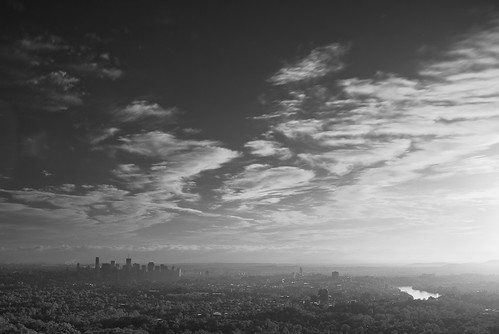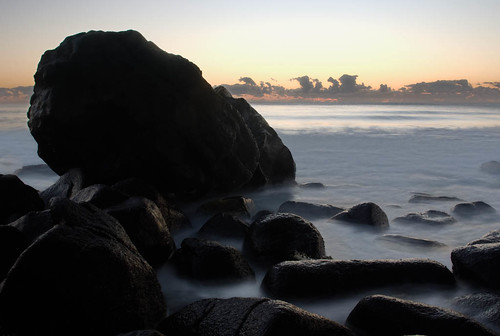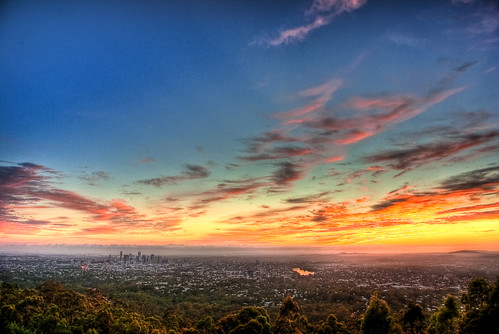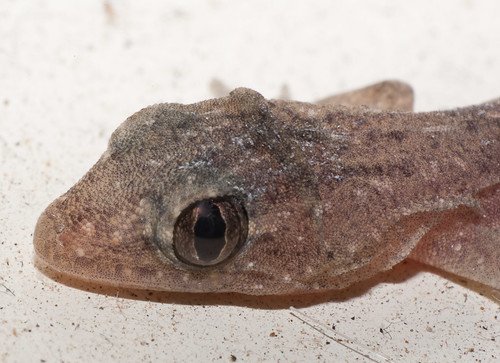I haven’t posted for a few days as I was off exploring the world. A friend and I travelled to Springbrook National Park for a weekend of camping and photography, only to discover that the weather was against us. It rained very heavily most of the time, so not much photography happened!
Here are the first of the processed shots though.
This shot was taken using the Pentax DA 18-55 AL II lens @ 18mm. It is 3 HDR images stitched together (HDR’s were 3 images each @ +/- 2.0 EV). All shots were taken in Pentax RAW (PEF), imported to Lightroom 2.5, blended using Photomatix batch process with Details Enhancer (quite extreme one too!) and stitched using Autopano.
I also took another HDR panorama from the other side of the shed looking back to the bridge I took this shot from. This is the link to flickr














